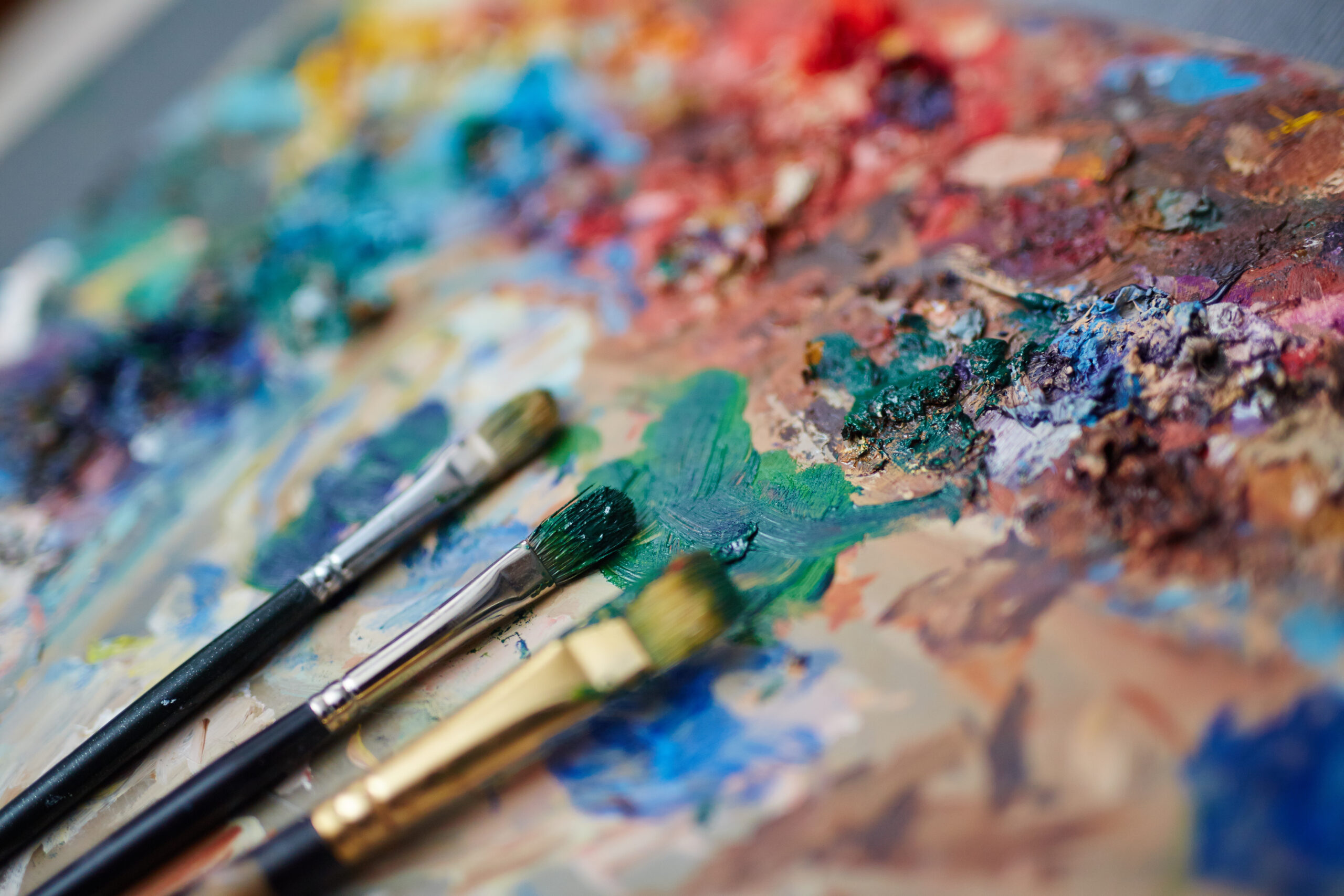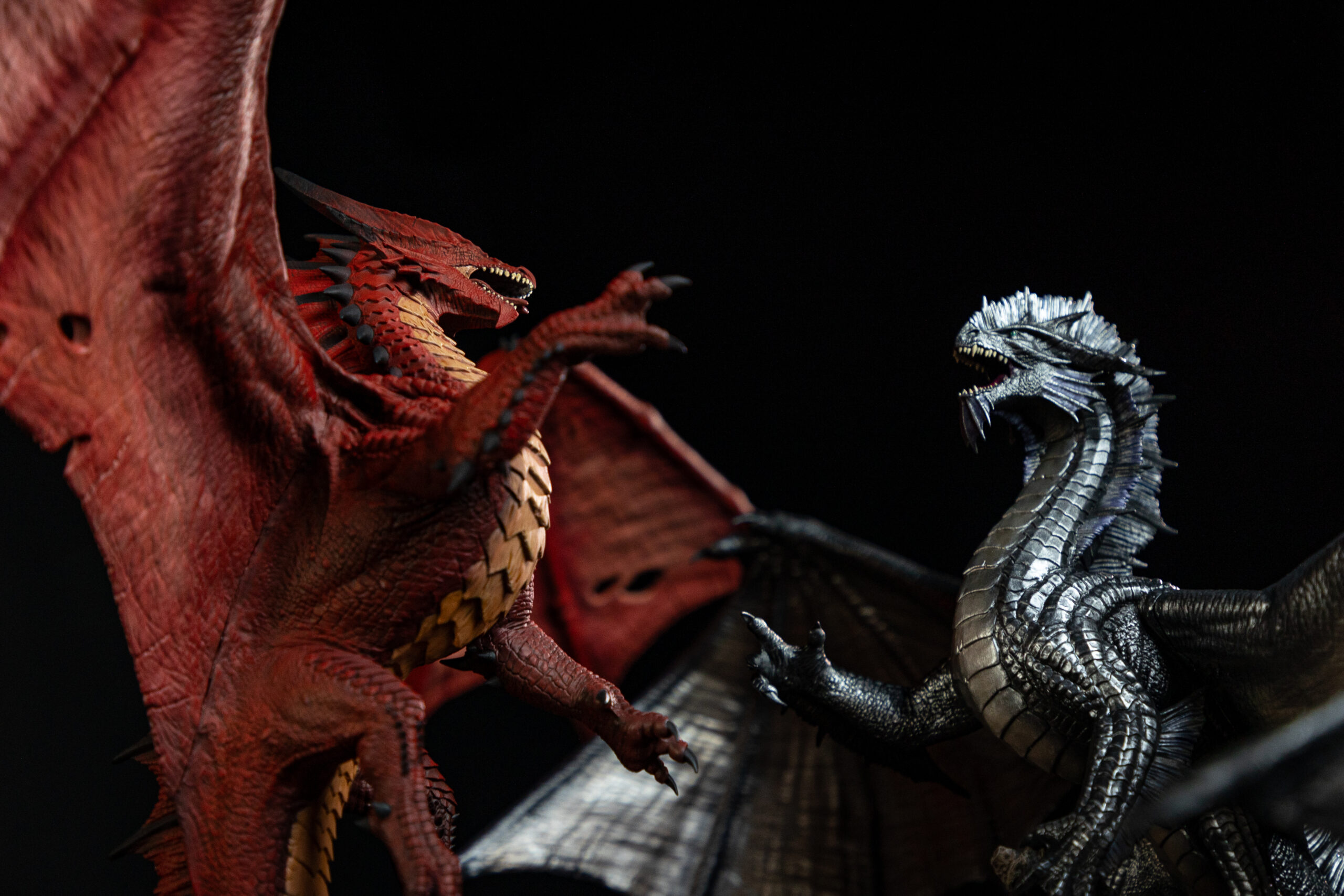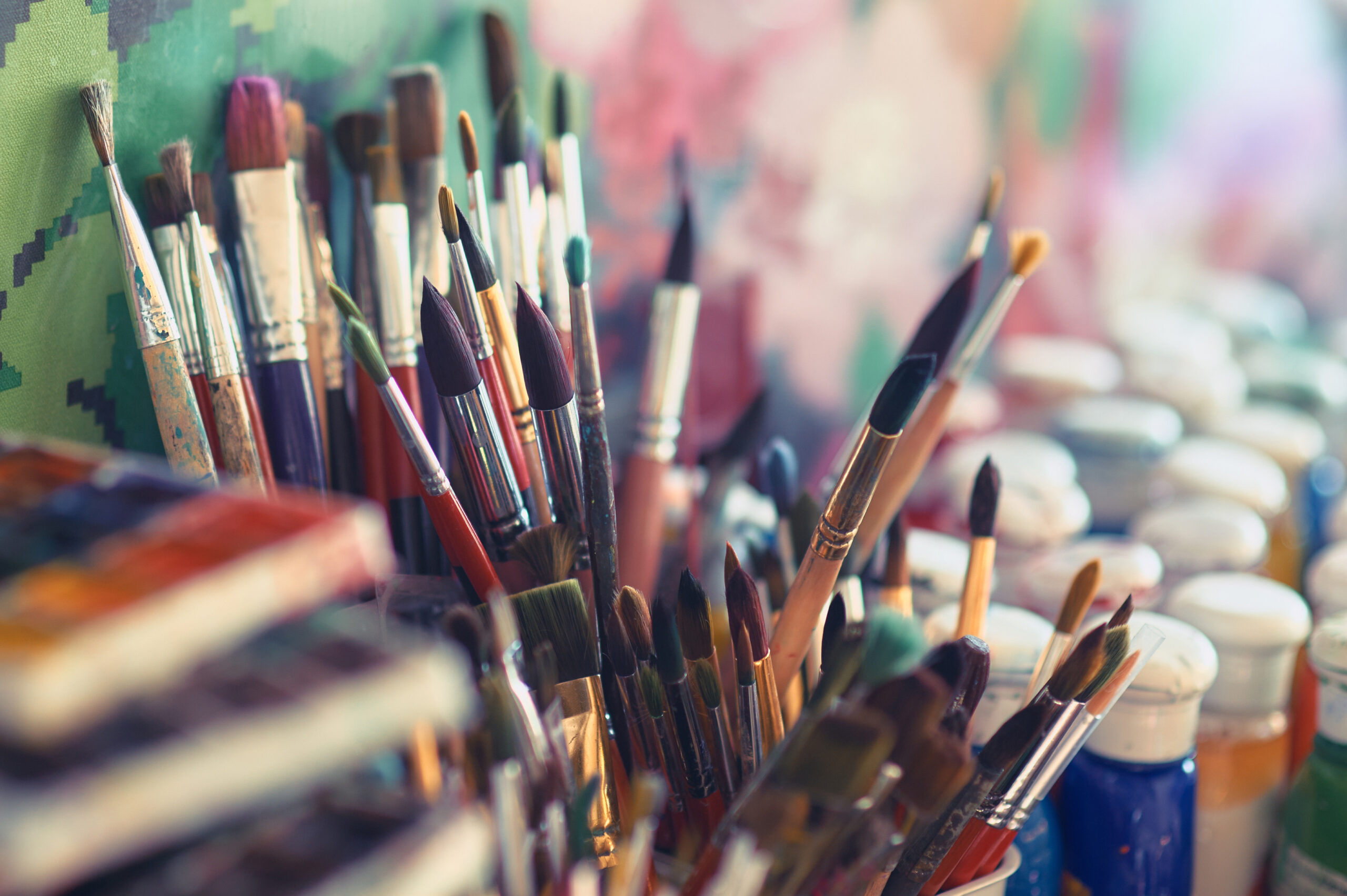Exploring Painting Techniques: Stippling
How to Mimic Different Materials With Styling and Texturing
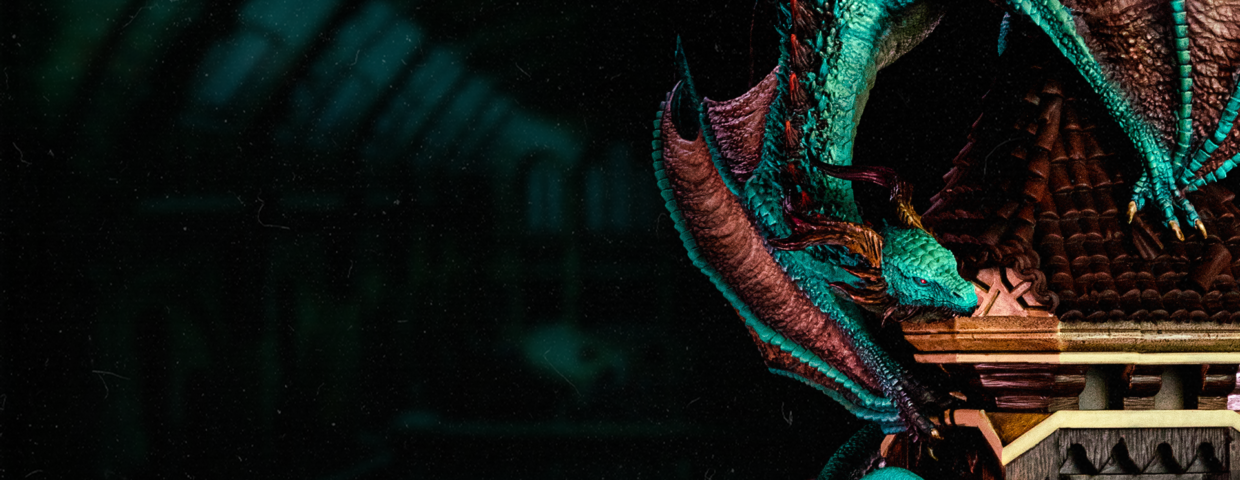
Stippling is a basic technique commonly used for adding the illusion of texture to miniatures, and it consists of building up irregular layers of speckles by applying lots of little dots, scratches, small lines, and random imperfections with a brush. It’s also a great technique for adding and playing with color variation.
The concept of stippling is not used only in painting. Everything around us has micro pigments with different hues that when looked at from afar can form the illusion of gradients, shades, and complex patterns. This is how our brains interpret these small dots and form a bigger picture in our heads, much like how TVs and monitors screens work with microscopic LEDs. Stippling is how artists can mimic that effect. It helps differentiate materials in miniatures, like leather from cloth and metal, and can create interesting stylized patterns or realistic textures. Here is a simple guide to enhance the miniatures painting level and get started with this highly experimental technique.
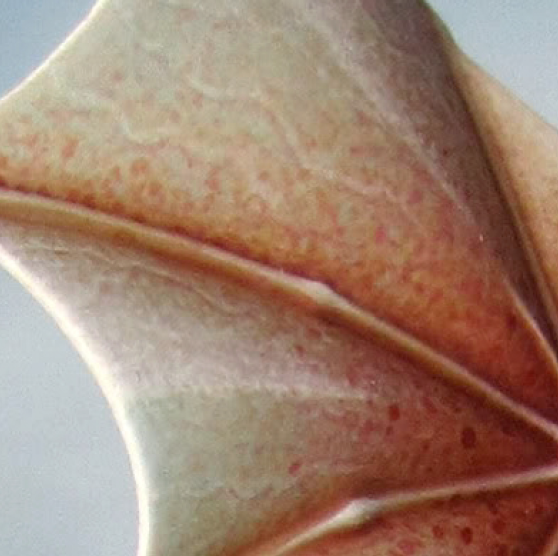
Materials
There are no specific brands recommended for this technique. However, keep in mind that stippling is famous for destroying brushes, so use a synthetic one, preferably with a dome shape or a round tip. Different sizes will provide different types of textures, as well as covering more area, so it’s good to have a few options. People who use this technique for texturing prefer to do it with a dry palette, while those who use it for layering and gradients prefer a wet palette instead. Lastly, remember to grab a few images for easy reference.
How to Do It
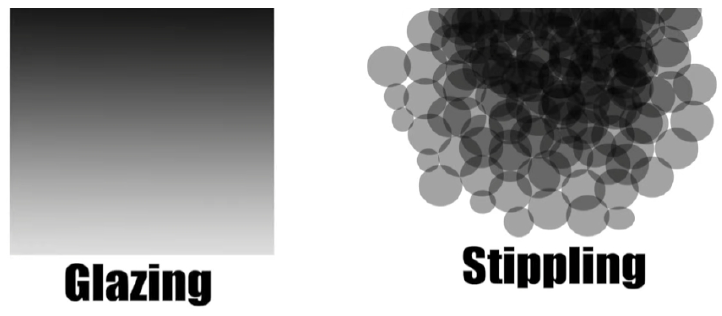
The stippling process should come after the miniature has received a base coat. It can also come after a gradient pass with glazing or any other smooth gradient techniques. There is no right or wrong with stippling. The point of this technique is to create uneven dots or marks, giving a more natural or aged look to the miniature (e.g. the light beige that appears beneath the cracks of worn-out leather). Start by gently tapping the synthetic brush’s tip on the model. No stroking, just tapping. The heavier the pressure is the more uneven, varied, and scratchy the dots will be. The closer the dots are, the greater the gradient effect will be from a distance.
Keep poking the mini with the brush and use different brush sizes to get different types of texture. It’s as simple as that. As mentioned before, some people use this technique for creating gradient effects. However, This technique can be very time-consuming, depending on the size of the figurine, and glazing is far superior for achieving smoother transitions. Choosing to do that with stippling is more of a matter of style. Some artists prefer to dilute a bit of the paint with water while others prefer to use the paint as it comes. Diluting it will create thinner layers that give more control over gradients. If the result starts to contrast a bit too much, a final coat of wash or an additional thin layer of glazing can help harmonize the texture with the rest of the colors later.

Final Thoughts
Pros: Stippling is a great technique for creating texture or irregular patterns, like worn-out or aged materials, scenery imperfections, frozen surfaces, grass, skin freckles, and sometimes even animal texture like fur. It’s a faster technique than glazing, it’s quite simple, and it’s quick to fix mistakes. The best part is that stippling can be mixed with other techniques in a non-destructive way.
Cons: Stippling is not the best at creating smooth gradients like glazing does, and is famous for destroying brushes. It can also be time-consuming depending on the miniature’s size or if the artist wants to create really small details.
Undoubtedly, this technique adds an extra touch of life to miniatures and differentiates materials from each other. Even with stylized painting, knowing how to play with these elements is what separates beginners from professionals. Now that the secrets to stippling have been conquered, check out How to Paint Water to step further into becoming a material master!
Loot Studios can help you paint highly detailed minis, statues and props. Choose your favorite bundle from our previous releases or sign up for Fantasy or Sci-Fi to receive a new bundle every month. You can also check out some tips at our YouTube Channel.


